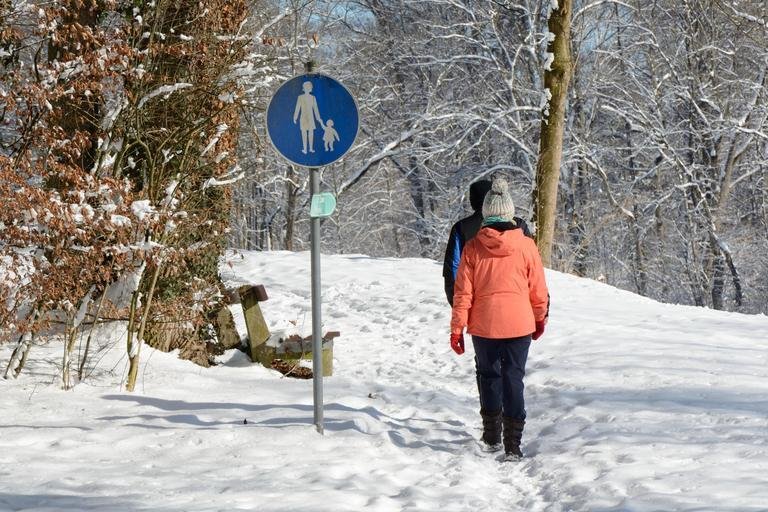
The best thing about hiking is that it isn’t a seasonal activity; you can hike all year round. Winter season is one of the best times to hike. I know it is unusual due to the cold temperature, but there are benefits to hiking during this season.
One of the benefits is that the trail is probably not crowded because most people avoid winter hike. Therefore, you get to solo the outdoors.
This allows you to appreciate the trail even more.
Also, winter hike allows you to appreciate some regular activities even more such as drinking hot chocolate along the way.
But hiking during winter must be taken seriously. As mentioned, the elements are changed due to the weather, therefore you need to come up with a sound plan to have a wonderful experience. Below are tips on how to come up with a good plan for a winter hike.
Wear Appropriate Layers
The element you should focus on is the cold temperature. Although there are hiking gears that provide good insulation, it is better to wear hiking gears intended for this kind of element. You can lose body heat in a matter of minutes if you wear the wrong gear.
This could be detrimental to your activity because you cannot focus on the activity when your body is fighting the cold temperature.
Wearing added layers will keep your body warm all throughout the trail.
Here are some of the gears you need to wear when hiking during winter:
Clothes:
- Several pairs of synthetic underwear, long and short (no cotton!)
- Wool or fleece pants
- Nylon outer pants layer (wind resistant)
- Several long sleeve T-shirts
- Fleece jacket
- Winter shell
- Two pairs of gloves (at least one water resistant)
Winter hat - Synthetic neck warmer and face warmer
Footwear:
- Several pairs of socks (wool or synthetic)
- Gaiters
- Insulated water-resistant hiking boots
- Crampons
- Snow shoes
Equipment/Miscellaneous:
- Snow shovel
- Goggles (Its very common to get a sunburn with sunlight reflecting off snow.)
- Lip balm
- Zipper locked plastic bags (to keep gear dry)
- Ice axe
- Towing sled (for large quantities of gear)
- Hand and foot warmers
Remember not to overdo the layering because the gears might hinder your movements. Also, avoid cotton-based material because once it gets wet, it will no longer provide insulation.
Pick an Above the Ankle Hiking Boots
Keeping your lower extremities particularly your feet is crucial. While some trail requires below the ankle hiking boots, winter requires more coverage.
Above the ankle hiking boots are the perfect hiking shoes to wear for this trail. They provide enough coverage, and they also keep the snow from coming in contact with your flesh.
As mentioned above, pick the right socks as well. Avoid cotton because it is not ideal for hiking in general.
Pick wool or synthetic fiber instead because these materials do not cause chaffing and they are quick drying too.
Pick an Easy Trail
Hiking during winter can be difficult, but the experience is worth it. To pursue this plan, all you need is an easy trail, so you don’t have to exert too much energy.
Pick a trail that you find easy during regular days. Chances are the trail will be easier to take in winter too. Avoid trails that you have no experience hiking.
Remember to Pack High Energy Food
Hiking burns energy fast especially when the cold temperature is added to the mix. As such, it is important to bring high energy food to replace lost energy.
However, avoid foods or snacks that tend to freeze at cold temperatures. Power bars are good on regular days, but they turn rock hard when exposed to cold.
Also, always pack extra water for hydration. You dehydrate fast because your body tends to compensate in the cold.
And if you are thinking of packing whiskey and other alcoholic drink because they warm your body, drop this plan because studies show that alcoholic beverages contribute to dehydration in cold temperatures.
When hiking in winter, be sure to know all the hazards of the trail.
Always remember to be cautious to avoid accidents. Bring extra layer to warm your body and the right snacks to replace energy lost during the trail. Stay hydrated too by packing extra water.

